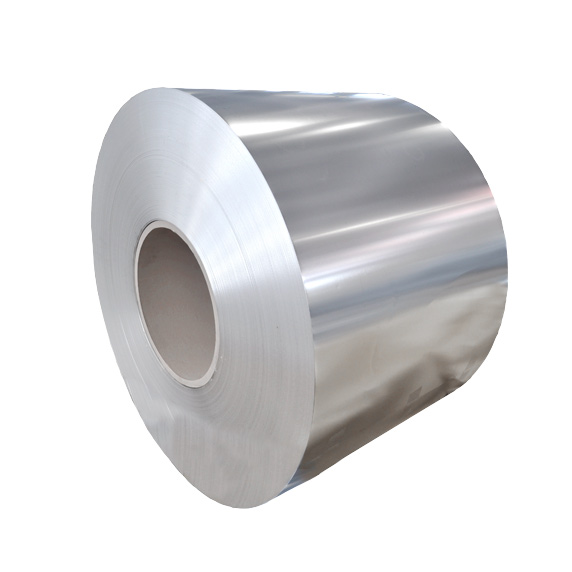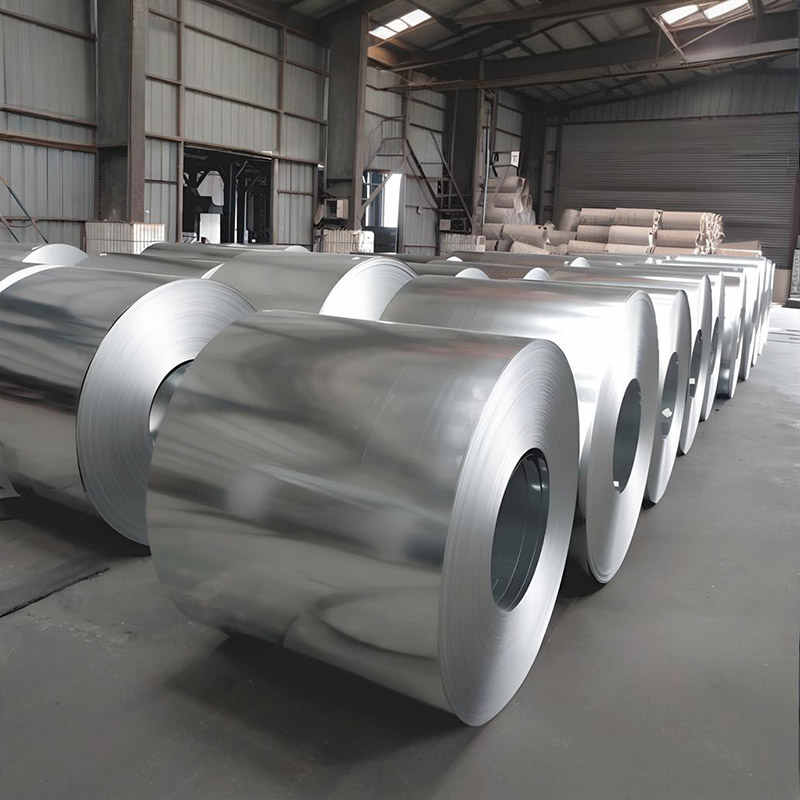What exactly is chromate treatment and why has it become a cornerstone in metal protection for decades? Chromate treatment, also known as conversion coating, is a chemical process that applies a protective layer to metal surfaces, significantly enhancing their durability and resistance to corrosion. This treatment has been particularly valuable for metals like aluminum, zinc, and cadmium, which are commonly used in industrial applications but susceptible to environmental degradation.
How does chromate treatment actually improve metal performance? The process works by creating a chemically converted film on the metal surface through a chemical reaction between the metal and an acidic solution containing chromium compounds. This resulting layer not only provides excellent corrosion resistance but also enhances paint adhesion and electrical conductivity. The treated surface develops a characteristic iridescent appearance, ranging from clear to yellow, brown, or green depending on the specific treatment process.
What are the different types of chromate treatments available? The most common classification divides them into hexavalent chromium (Cr6+) and trivalent chromium (Cr3+) treatments. Hexavalent chromium coatings have traditionally offered superior protection and self-healing properties, but due to their toxicity and environmental concerns, trivalent chromium alternatives have gained significant traction in recent years. Each type serves specific industrial needs, with the choice depending on required protection level, environmental regulations, and application requirements.
Why should industries consider implementing chromate treatment in their manufacturing processes? The benefits are substantial. Chromate-treated metals exhibit significantly longer service life even in harsh environments, reducing replacement costs and maintenance needs. The treatment also serves as an excellent primer for paint systems, creating a more durable finish. In aerospace, automotive, and electronics industries, where reliability is critical, chromate treatment has become an indispensable process for ensuring component longevity.
What challenges does chromate treatment face today? The primary concern is environmental and health impact. Hexavalent chromium is a known carcinogen and faces strict regulations under frameworks like REACH and RoHS. This has driven innovation in alternative treatments, such as trivalent chromium processes, titanium-based treatments, and other eco-friendly conversion coatings. Many manufacturers are transitioning to these alternatives while maintaining the high protection standards expected from traditional chromate treatments.
In conclusion, chromate treatment remains a vital process for enhancing metal durability despite evolving environmental considerations. By understanding the different options available and their respective benefits, industries can make informed decisions that balance performance requirements with sustainability goals. The ongoing development of safer alternatives ensures that metal protection will continue to advance while meeting the demands of a more environmentally conscious industrial landscape.



